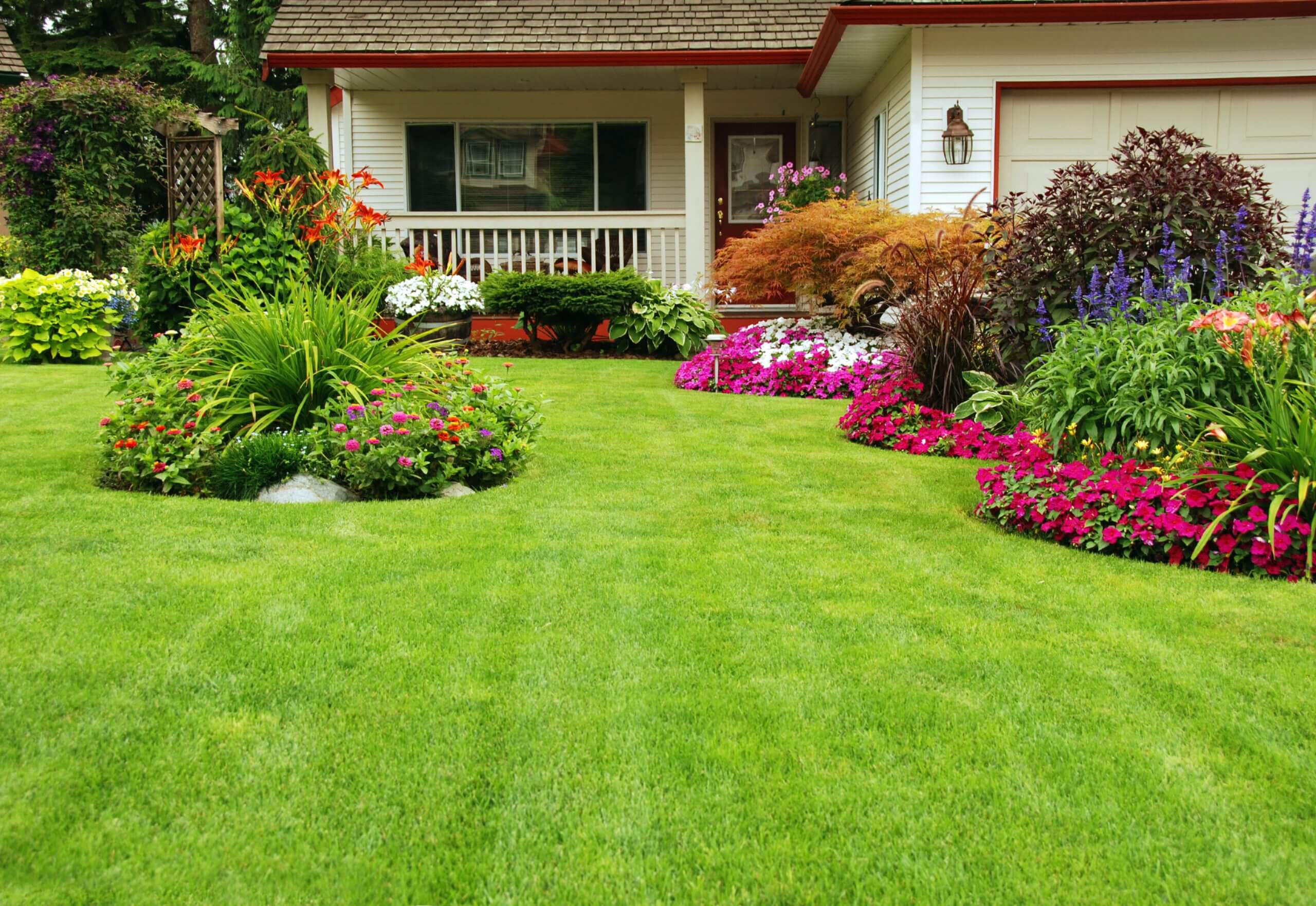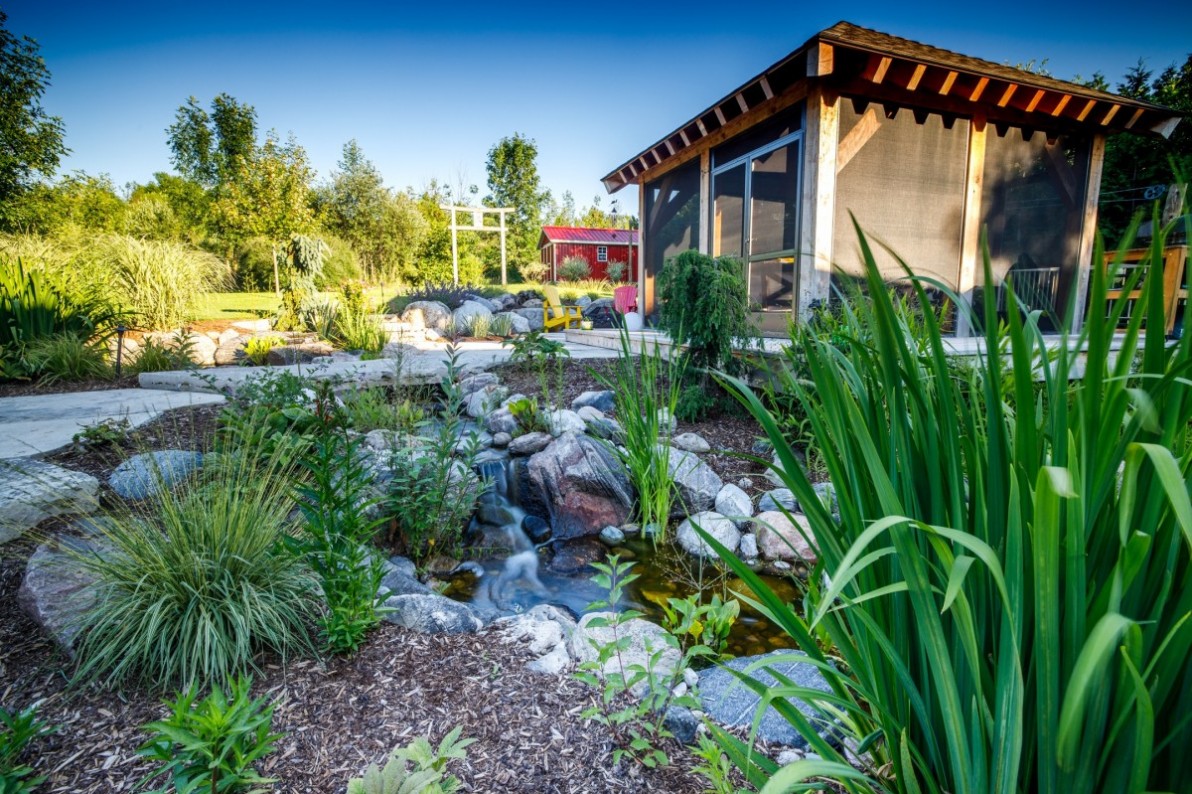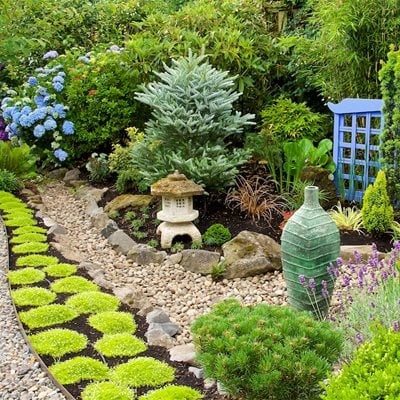The Basic Principles Of Landscapers
The Basic Principles Of Landscapers
Blog Article
The Definitive Guide for Landscapers
Table of ContentsLandscapers for DummiesSome Known Questions About Landscapers.Getting My Landscapers To WorkThe smart Trick of Landscapers That Nobody is Talking AboutThe Best Strategy To Use For LandscapersRumored Buzz on Landscapers
- A yard function where water is represented by an aggregate stone product, normally a crushed rock or granite.- A stone or flagstone patio, path, or walkway built without a concrete base.- A stone retaining or totally free standing wall built without the use of mortar. A highly proficient mason is required for a dry stack stone wall. The majority of wall surfaces in Portland are not completely dry stacked, also if they show up to be. - A below ground structure that accumulate water and allows it to reduce percolate right into the soil around it.
Landscape design that is suitable with a sites' environment in both appearance and sustainability without negative influences to the environment. Bordering in the landscape is a line of demarcation that develops visual rate of interest in the garden by dividing one sector from one more sector.
Locations can also have a feeling of "unit" provided by trees, various other plantings, fences, or displays. The landscape near the access to a structure.
How Landscapers can Save You Time, Stress, and Money.

The element in a landscape layout or location in a landscape that is implied to be most prominent. The prime focus can be a plant, rock, sculpture, collecting area, or various other landscape function. A style of gardens or garden elements that emphasize straight lines, best angles and circles. Shrubs or hedges found in beds near the structure of a home or various other framework.

The 25-Second Trick For Landscapers
Reduced plants that are enabled or encouraged to spread over a location. Can refer to any kind of "hard" garden aspects consisting of statuary or stones however most typically is used to refer to courses, patio areas, and walls - Landscapers.: Elevation difference between the degree of water in a pond (or the level of the pump if it rests outside the fish pond) and the top electrical outlet of water which affects performance of the water pump in gph (gallons per hour).
A chemical used to control weeds. Fence boards that run horizontally, often utilized in modern-day or Japanese-inspired landscape styles. Lines that specify areas within a landscape concept. These usually expand from edges or vital attributes of an existing structure. Appropriate use fictional lines can aid the landscape really feel linked to the home and various other elements.
A more loosened up garden controlled by rounded instead of straight bed lines and a much less stiff structure. Conventional PNW landscapes are casual. A plant that spreads out greater than preferred, or right into environments where it does damage. Rose city has a list of intrusive plants that need to not be installed in landscapes due to the fact that they can spread out to woodlands or waterways and be hard to manage.
Our Landscapers Statements
Smart irrigation controller testimonials and suggestions here. 2-D rendering of the proposed irrigation system. Can include head positionings visit the website and insurance coverage, pipeline sizing, GPM specifications, and materials needed to mount this system. A watering strategy is usually unnecessary for property buildings yet prevails for industrial jobs. Certified expert who designs landscapes, schooled in design and style along with in horticulture.
Landscape designers commonly have much less schooling than Landscape Architects and are not certified. A completed landscape layout, describing all aspects for the new landscape.
Utilizing many growings of the very same variety to fill in a location in the landscape. This can decrease maintenance and water usage in the yard.
A mix of concrete, sand, and water that is used in rock stonework he has a good point for setting stones and joints. A layer of compost or bark dust used at the base of a plant. A mass planting of moss. A plant that was existing in a geographical place before individuals began transforming the landscape.
The 3-Minute Rule for Landscapers
How the yard or a garden aspect is set up in relationship to an existing or new feature or to a direction. Keeping a yard without making use of chemical herbicides, pesticides, or fertilizers. Turfs that are not cut however grown in landscapes as perennials. This is a partially open sided leisure or entertainment location that joins a dwelling, used for enjoyable, outside eating and just enjoying the exterior environment.

Plants that supply seasonal interest and after that die back in the winter months. Cold season lawn that is the most usual turf yard in Portland, OR helpful site and the rest of the PNW.An open roofed framework over an outdoor patio or various other landscape attribute.
The most usual landscape gravel in the PNW. Area of the landscape developed to take care of rainfall water up until it can soak into the ground.
Structure made of timber, concrete, paving stones, bricks or various other products for maintaining inclines and preventing too much disintegration. Narrow gutter. Creating a garden function consisting largely of rocks with growings that complement and can grow in the rocky setting. Sprinkler head style that rotates a stream of water across an area.
What Does Landscapers Mean?

Report this page